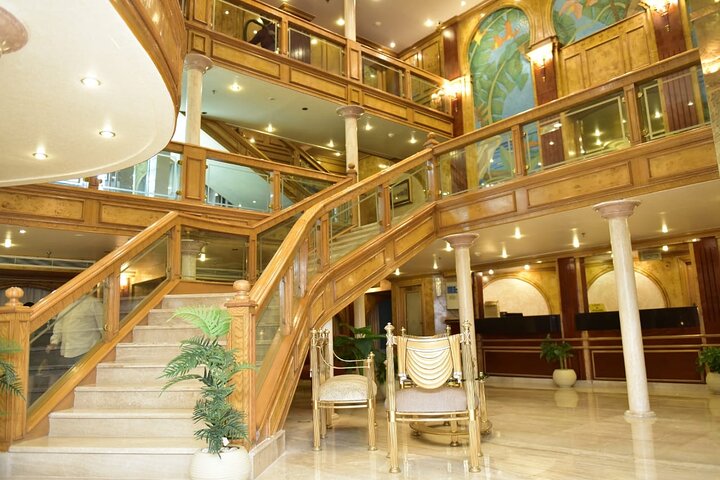Discovering the Heart of Nubian Culture on Sohail Island
Drawn by the allure of Nubian culture, I embarked on a journey to Sohail Island in Aswan. Join me as I explore the vibrant traditions and warm hospitality of the Nubian Village, guided by the knowledgeable Mostafa Fahim.
Setting Sail on the Nile
The sun was just beginning to cast its golden glow over the ancient city of Aswan as I embarked on a journey that promised to be both enlightening and enchanting. The allure of the Nubian Village on Sohail Island had long intrigued me, and the opportunity to explore this cultural gem was finally at hand. As a cultural anthropologist, I have always been drawn to the rich tapestry of human history and tradition, and this visit was no exception.
Our journey began with a serene boat ride along the Nile, a river that has been the lifeblood of Egypt for millennia. The gentle lapping of the water against the boat was a soothing soundtrack as we passed by the storied Elephantine Island and the lush Aswan Botanical Garden. The landscape was dotted with the silhouettes of cows and camels, a reminder of the timeless agricultural practices that have sustained the people of this region for generations.
As we approached the First Cataract of the Nile, the anticipation in the air was palpable. The Nubian Village of Gharb Soheil awaited us, a vibrant community nestled on the West Bank of the river. The journey itself was a reminder of the interconnectedness of history, culture, and nature, a theme that would resonate throughout our visit.
A Warm Welcome in Gharb Soheil
Upon our arrival in Gharb Soheil, we were greeted with the warm hospitality that the Nubian people are renowned for. Our guide, Mostafa Fahim, was a fountain of knowledge, sharing stories and insights that brought the village to life. His passion for the culture and history of the region was infectious, and it was clear that he was not just a guide, but a true ambassador of his heritage.
We were invited into the home of a local family, where we were treated to a traditional Nubian tea ceremony. The bright pink hibiscus tea, known as karkade, was both refreshing and symbolic of the vibrant culture we were immersing ourselves in. As we sipped our tea, we learned about the history and traditions of the Nubian people, from their unique language to their colorful art and architecture.
The family’s home was a kaleidoscope of colors, with walls adorned with intricate patterns and motifs that told stories of their ancestors. It was a living museum, a testament to the resilience and creativity of the Nubian people. As we listened to their stories, I was reminded of the importance of preserving and celebrating cultural heritage, a mission that has always been close to my heart.
Exploring the Vibrant Village
After our time with the family, we set out to explore the village with Mostafa as our guide. The narrow streets were alive with the sights and sounds of daily life, from the bustling market stalls to the laughter of children playing in the sun. The air was filled with the aroma of spices and fresh produce, a sensory feast that was impossible to resist.
The market was a treasure trove of handmade crafts and local goods, from intricately woven cotton scarves to vibrant spices that added a burst of color to the scene. It was a reminder of the rich artistic traditions that have been passed down through generations, a testament to the enduring spirit of the Nubian people.
As our visit came to an end, I found myself reflecting on the profound connection I felt to this place and its people. The Nubian Village on Sohail Island was more than just a destination; it was a journey into the heart of a culture that has thrived for centuries. It was a reminder of the beauty and resilience of human tradition, a theme that continues to inspire my travels and my writing.
For those seeking a deeper understanding of the world and its diverse cultures, a visit to the Nubian Village is an experience not to be missed. It is a journey that will leave you with a renewed appreciation for the richness of human history and the enduring power of cultural heritage.






















































